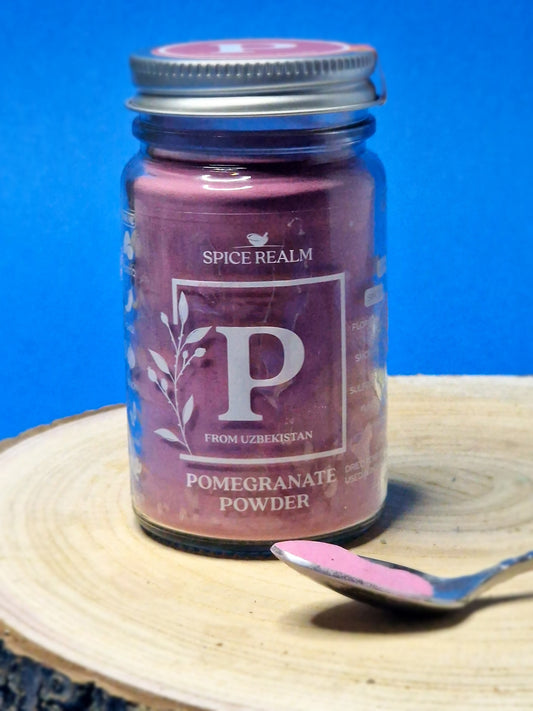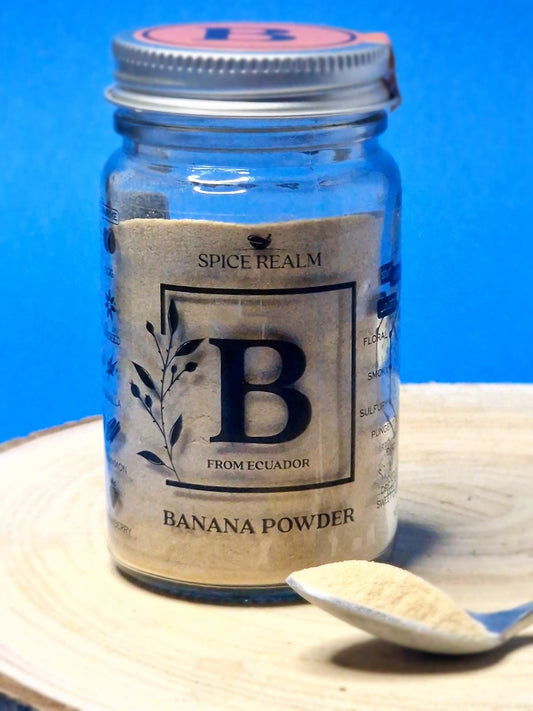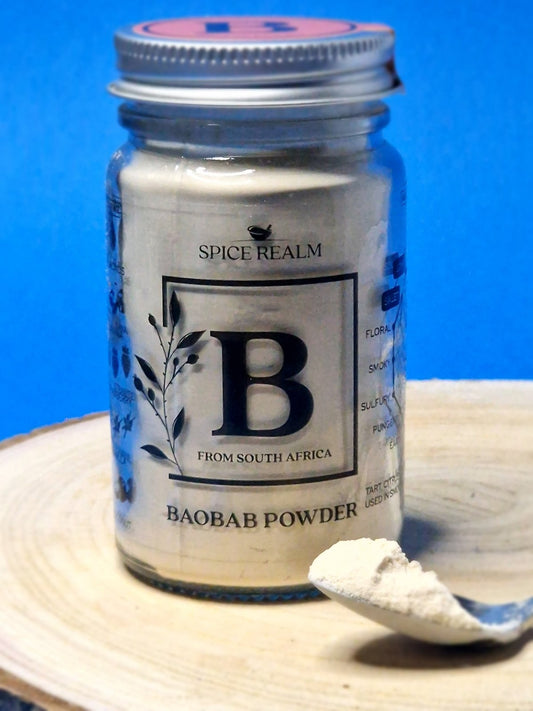In today’s world, the choices we make as consumers go far beyond the ingredients or items inside a product. The packaging that houses our food, cosmetics, and household goods plays a vital role—not just in sustainability but also in our personal wellbeing. As more of us become aware of our environmental impact, eco-friendly packaging has become an essential consideration for anyone aiming to live a healthier, more conscious lifestyle.
The Hidden Dangers of Conventional Packaging
Every year, millions of tonnes of packaging waste end up in landfills, oceans, and natural habitats throughout the UK and globally. Much of this waste is made up of traditional materials, particularly single-use plastics, which can take centuries to decompose. In doing so, they release toxic substances into the environment—polluting our water, soil, and air.
But the impact isn’t just environmental. Conventional packaging often contains chemicals like BPA (bisphenol A), phthalates, and other synthetic compounds, which can leach into products—especially when exposed to heat or sunlight. These substances have been linked to hormone disruption, fertility issues, and other serious health risks. By opting for eco-friendly packaging, we’re not only protecting the planet but also minimising our exposure to harmful chemicals.
What Makes Packaging Truly Eco-Friendly?
Sustainable packaging isn’t just about using recycled materials. True eco-friendliness considers the full life cycle of packaging—from sourcing and manufacturing to disposal. The best sustainable packaging solutions share a few important traits:
Renewable Materials
Made from fast-growing resources like bamboo, hemp, or sustainably harvested paper and cardboard, these materials lessen dependence on limited resources and generally have a smaller carbon footprint.
Biodegradability and Compostability
Packaging that naturally breaks down without leaving toxic residues helps prevent lasting damage to the environment. Compostable packaging goes one step further, returning nutrients to the soil.
Recyclability
Designing packaging that can be easily recycled creates a circular economy, reducing landfill waste and preserving resources for future use.
Minimalism
Less is more. Reducing unnecessary packaging materials means lower transport emissions, less waste, and a smaller environmental footprint overall.
The Health Benefits of Eco-Friendly Packaging
Switching to products with sustainable packaging can benefit your health in both the short and long term. Many eco-conscious materials are inherently safer, with fewer chemical additives that might otherwise transfer to the product inside.
Glass jars, for example, are completely inert, meaning they won’t leach any substances into food or skincare. Similarly, plant-based plastics and natural materials like unbleached paper typically contain far fewer harmful compounds.
For households with children, the importance of safe packaging cannot be overstated. Young children are particularly sensitive to chemical exposure. Eco-friendly packaging, often made with minimal chemical processing, offers a safer alternative for families.
How Environmental Health Supports Our Own
There’s an undeniable link between a healthy environment and personal wellbeing. Clean air, unpolluted water, and thriving natural ecosystems are fundamental to human health. Supporting eco-friendly packaging is one way we can help protect these conditions.
Less plastic waste means cleaner oceans and fewer microplastics entering our food chain. Sustainable packaging often uses less energy and water in production and may be made using renewable energy sources—contributing to a healthier planet.
There’s also a mental and emotional benefit. Making environmentally responsible choices can boost our sense of purpose and wellbeing, helping us feel more aligned with our values and more connected to the world around us.
Making the Switch: Practical Tips for Shoppers
You don’t need to make sweeping changes to have a meaningful impact. Start small—identify the products you use most frequently and seek out versions with eco-friendly packaging.
Look for trusted labels like FSC (Forest Stewardship Council) certification for paper goods, or packaging that states it’s made from post-consumer recycled materials. Many UK shops now offer refill stations for items like laundry detergent, shampoo, and cleaning products—allowing you to reuse containers and reduce waste.
Choose brands that are open about their environmental commitments. Businesses that prioritise eco-friendly packaging often apply the same care to their ingredients, sourcing, and manufacturing practices.
Looking Ahead: The Future of Sustainable Packaging
Exciting innovations in sustainable packaging are emerging all the time. From seaweed-based wrappers to mushroom-derived foam and bio-based plastics, the future looks promising.
As demand continues to grow, more brands are investing in greener packaging technologies. Over time, these solutions are expected to become more accessible and cost-effective—making it easier for everyone to make eco-conscious choices.
Final Thoughts
Opting for products with eco-friendly packaging is a powerful way to protect both your health and the environment. It’s a simple, everyday action with far-reaching benefits—from reducing chemical exposure in your home to safeguarding natural ecosystems across the globe.
By choosing brands that are committed to sustainability, you’re not only doing right by your own wellbeing—you’re also contributing to a healthier planet for future generations.
So next time you’re shopping, take a moment to consider the packaging. It might seem like a small decision, but it carries big weight. Your body—and the Earth—will thank you.
Click on the link below. Now to unlock the secret to better energy—get your Drink Blend today!
- Red Velvet - Beetroot Hot Chocolate Wellness Pouch
- Matcha Latte Bliss Wellness Pouch
- Moringa Latte Wellness Pouch
- Golden Turmeric Latte Wellness Pouch
- Focus Brew Coffee Wellness Pouch
- Mushroom Mocha Wellness Pouch
Start building your natural defence arsenal with SpiceRealm today – because your health deserves nothing but the best.





